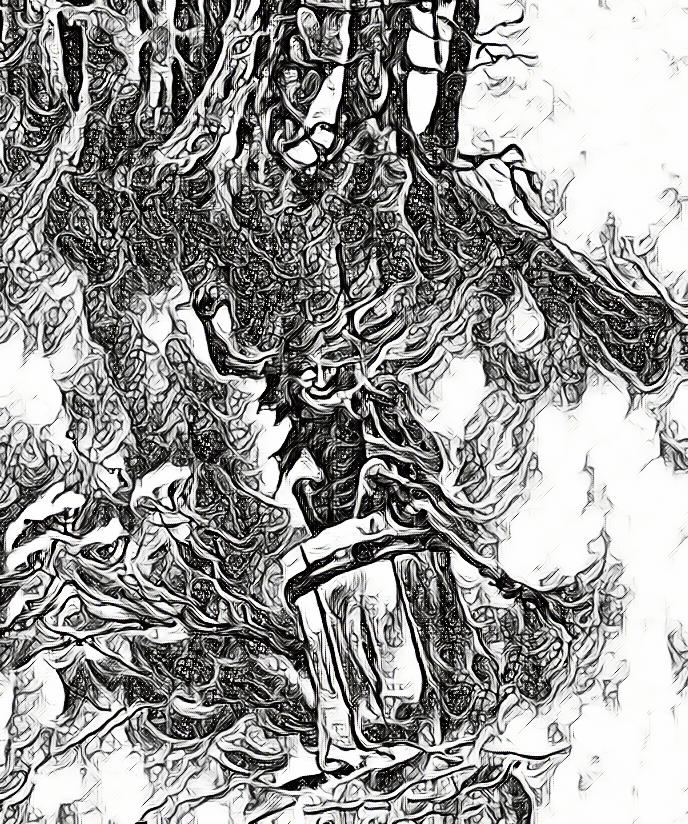In the realm of Slavic folklore, Baba Yaga emerges as an enigmatic figure with dual roles, embodying contrasting personas. At times, she appears as a repulsive, ferocious old woman notorious for frying and consuming children, while in other instances, she assumes the guise of a benevolent figure aiding the hero. This intriguing character is intricately connected to forest wildlife and is recognized by her peculiar traits—soaring in a mortar, wielding a pestle, and residing in a hut with chicken legs nestled deep within the forest.
Etymologically, the name Baba Yaga exhibits variations in numerous Slavic languages. The term “baba” originates from a babble word, giving rise to terms like “babusya” in Ukrainian and “babushka” in Russian, both meaning ‘grandmother.’ However, in contemporary usage, “baba” in Polish and Russian can be a pejorative synonym for ‘woman,’ often implying age or foolishness. The second element, “yaga,” poses etymological challenges, with scholars debating its meaning. Proposed connections range from Sanskrit “ahi” (‘serpent’) to terms like ‘horror’ and ‘witch’ in Slavic languages.
The first explicit mention of Baba Yaga occurs in 1755 in Mikhail V. Lomonosov’s Russian Grammar. Noteworthy for her uniqueness, Baba Yaga stands apart even in a list of Slavic gods and beings. In tales featuring her, she exhibits distinct attributes—an animated, chicken-legged hut and tools like a mortar, pestle, and broom. These tools, according to some interpretations, find roots in pagan rituals involving women.
Described as “Baba Yaga kostyanaya noga” (‘bony leg’) or “Baba Yaga s zheleznymi zubami” (‘with iron teeth’), Baba Yaga’s dwelling may reveal her stretched out over the stove, emphasizing her repulsiveness in some narrations. She possesses the ability to sense the “russkiy dukh” (‘Russian scent’) of visitors, with her nose sometimes sticking into the ceiling.
Baba Yaga’s abode extends to the Faraway or Thrice-ninth Tsardom in some tales, emphasizing her otherworldly residence. Occasionally, she appears as one of a trio of sisters, each sharing the name Baba Yaga. Notable narratives include encounters with Ivan, who seeks guidance from the Baba Yagas in his quest.
Depicted in lubki, wood block prints of 17th and 18th century Russia, Baba Yaga appears in various scenes, often accompanied by symbolic elements. Some interpretations suggest political satire, while others propose a shamanistic connection. Scholars note the ambiguity surrounding Baba Yaga, portraying her as a multifaceted figure capable of embodying diverse roles and inspiring varied interpretations in eastern European folklore.
